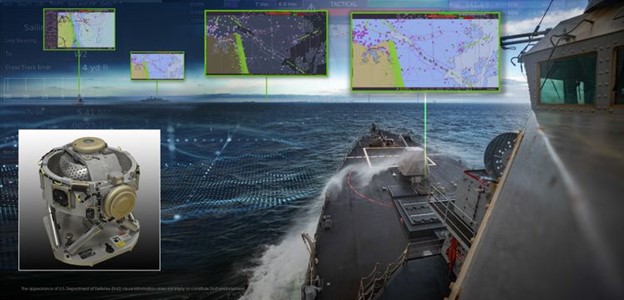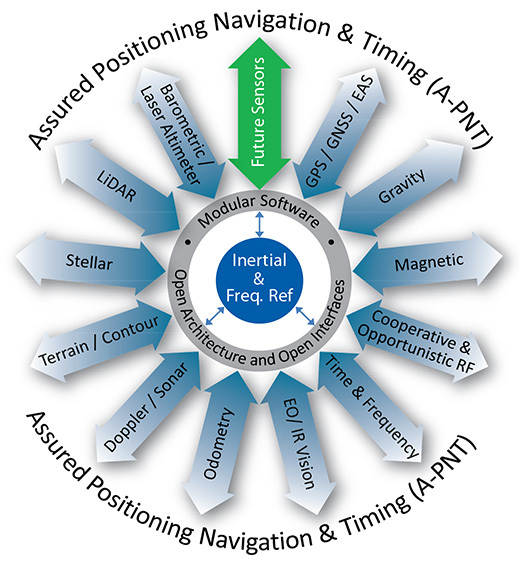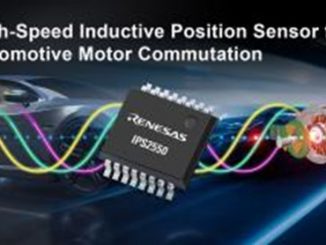
The U.S. Navy has awarded Northrop Grumman a production contract for the company’s new inertial sensor module that can overcome jamming of Global Position System signals, a key concern for military navigation operations. Designed with magnetic sensing along with a multiple of other sensing capabilities, the unit is a next-generation sensor that significantly improves maritime navigation in Global Positioning System-denied environments for ships and submarines.
“The new AN/WSN-12 Inertial Navigator System will deliver more precision and performance for the warfighter while occupying the same footprint as its predecessor.” said Todd Leavitt, vice president, naval and oceanic systems, Northrop Grumman. “This allows upgrades to be made on existing systems where space is at a premium.”
The new module is a key component for the Navy that upgrades the Northrop Grumman built AN/WSN-7 INS which is on nearly every ship in the U.S. Navy and has been the program of record for more than two decades. Surface ships and submarines rely heavily on the positioning data provided by GPS for navigation, for safety at sea and to fire weapons. The AN/WSN-12 ISM provides highly accurate positioning data with or without GPS. The first ISM will be fielded later this year.

Multi-capability sensing is a hallmark of recent navigation systems developed by Northrop Grumman and increasingly adopted by military forces. A range of sensors can contribute to the provision of assured positioning, navigation and timing (A-PNT) with their data fused using an open architecture, open interfaces and modular software. For more info, see www.northropgrumman.com.



